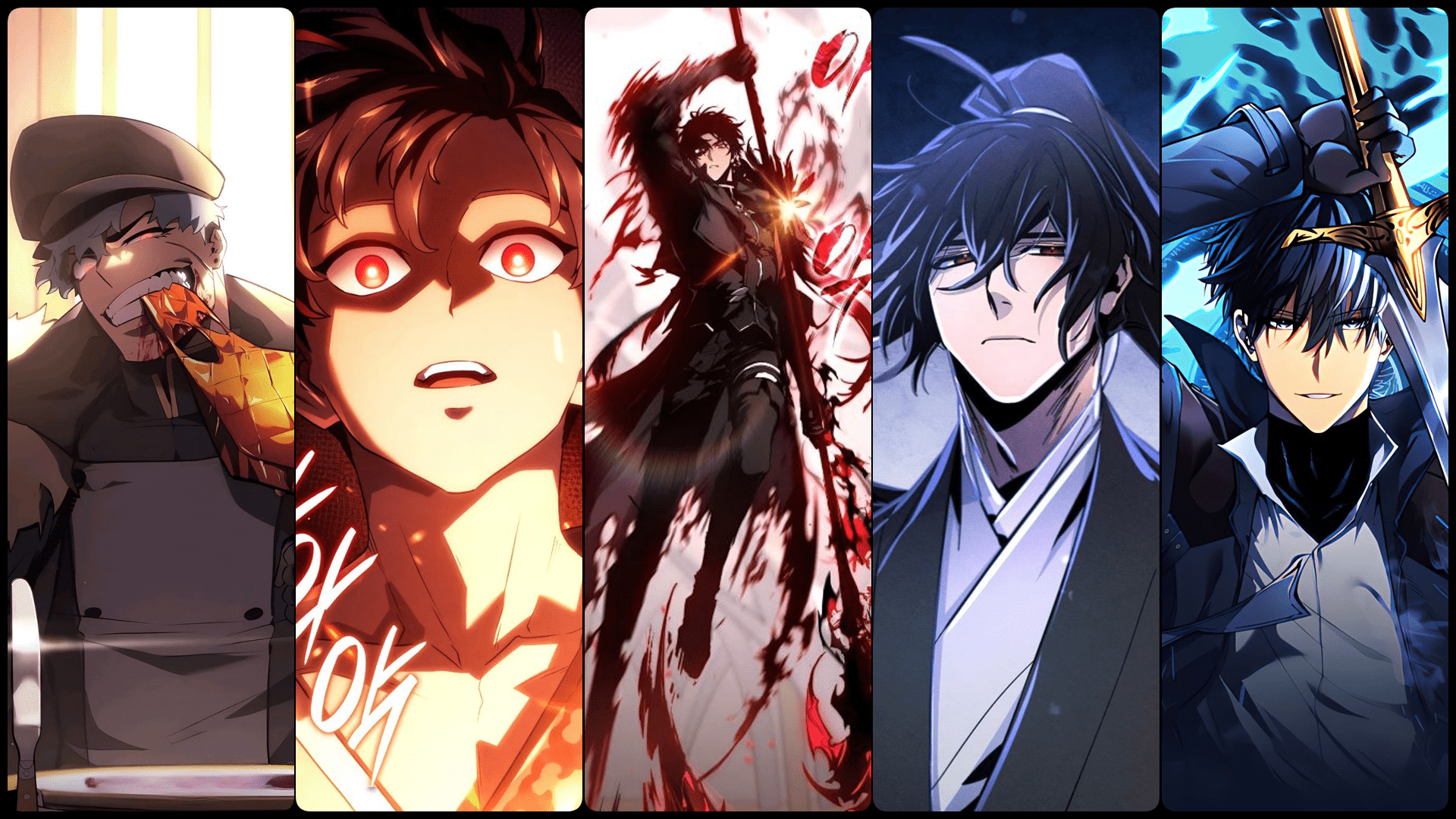Manga 101: Understanding and Appreciating the Art of Manga Aesthetics!
Embark on a journey into the captivating world of manga, where art and storytelling collide to create an immersive cultural phenomenon. This comprehensive guide will explore manga from its historical roots to its influence on global aesthetics, providing everything a reader needs to understand and appreciate this unique art form as well as guide you to understand and appreciate manga aesthetics.
1. The Rich History of Manga
Manga has a storied history that dates back to picture scrolls in the 12th century but truly came into its own in post-war Japan. This section traces the evolution of manga through various epochs, highlighting key developments and how they have shaped modern manga. Discover how historical contexts influenced manga styles and narratives, from classics like “Astro Boy” to contemporary works like “Attack on Titan.”
Also Read: Attack On Titan – Full Review
2. Understanding Manga and Anime
While manga and anime are closely related, each offers a unique experience. This part examines the transition from manga to anime, the nuances of each medium, and how manga often serves as a storyboard for anime adaptations. Understanding this relationship enriches the appreciation of works that traverse both forms.
3. Exploring Manga Genres
- Shonen: Known for vibrant action and epic adventures, appealing primarily to young males with titles like “Dragon Ball” and “Naruto.”
- Shojo: Focuses on romantic or emotional human relationships, targeted at young females with manga like “Cardcaptor Sakura” and “Shojo Beat.”
- Seinen: Offers complex plots and themes, designed for adult males, featuring works like “Tokyo Ghoul” and “Black Lagoon.”
- Josei: Captures the intricacies of women’s lives, aimed at adult females, with titles such as “Nana” and “Honey and Clover.”
- 4. Manga Art Styles and Techniques
This section dives into the artistry behind manga, analyzing different drawing styles, character designs, and panel layouts that define manga’s visual storytelling. Learn about the use of dramatic shading, line art, and the integration of traditional Japanese aesthetics into manga.
5. How to Read Manga
For newcomers, understanding how to read manga can enhance the experience significantly. This guide explains the right-to-left format, the arrangement of panels, and cultural nuances in text and expressions that are pivotal for enjoying manga as intended.
6. Famous Manga Artists and How They Changed the Game
Let’s talk about some superstar manga artists (called “mangaka” in Japanese) who have made some big waves in the world of manga and anime.
- Osamu Tezuka: Often called the “God of Manga,” Osamu Tezuka created the famous “Astro Boy.” His drawing style and storytelling were so good that they helped make manga popular all over the world.
- Akira Toriyama: Known for “Dragon Ball,” Akira Toriyama has a fun and action-packed style that has hooked readers and viewers with exciting battles and memorable characters.
- Rumiko Takahashi: She created “Inuyasha” and “Ranma 1/2.” Her stories mix adventure, romance, and humor in ways that feel fresh and exciting.
These artists have inspired a lot of other creators and have made manga and anime what they are today.
7. How to Start Your Manga Collection
Starting a manga collection can be super fun! Here’s how to dive in:
- Finding Manga: Check out local bookstores, libraries, or online shops. Websites like Amazon and Book Depository have lots of manga.
- Choosing What to Read: Start with what you like! If you enjoy fantasy stories, maybe try “Naruto.” If you like romance, “Fruits Basket” could be great.
- Taking Care of Your Manga: Keep your books away from sunlight and in a dry place to keep them looking new.
Collecting manga is about building a library of your favorite stories that you can return to again and again.
Also Read: What anime movies should I watch for stunning visuals?
8. Manga Around the World
Manga isn’t just a Japanese thing anymore—it’s everywhere! And it’s influenced a lot more than just comic books.
- Fashion: Manga has inspired clothing styles and designs that show up in fashion shows around the world.
- Art: Artists globally are influenced by manga’s unique style, from big, expressive eyes to dramatic poses.
- Movies and Games: Lots of movies and video games are based on manga. For example, “Pokemon” started as a game, became a manga, and then turned into one of the biggest animated series ever.
- Manga has become a big part of global culture, touching everything from what we wear to what we watch.
9. What’s Next for Manga?
Manga is always changing, and some exciting trends might shape its future:
- Digital Manga: More and more people are reading manga on their phones and computers. This means artists can publish their stories quicker, and fans can read them from anywhere.
- Webtoons: These are like digital comics that you scroll through instead of turning pages. Originating from South Korea, webtoons are getting super popular all over the world, and many are even being turned into movies and TV shows.
- Global Collaborations: Manga artists from different countries are starting to work together more often. This means we might see new styles and stories that mix ideas from different cultures.
- These changes are making manga even more exciting and accessible to fans everywhere.
Conclusion: Understand And Appreciate Manga aesthetics
Manga is more than just comics; it’s a powerful way to tell stories that can make you feel all kinds of emotions and help you see the world in new ways. Whether you’re just starting to explore manga or you’re a longtime fan, there’s always something new and exciting to discover. Manga opens up a world of imagination and deep stories, and it’s a fun way to learn about different people and places.








